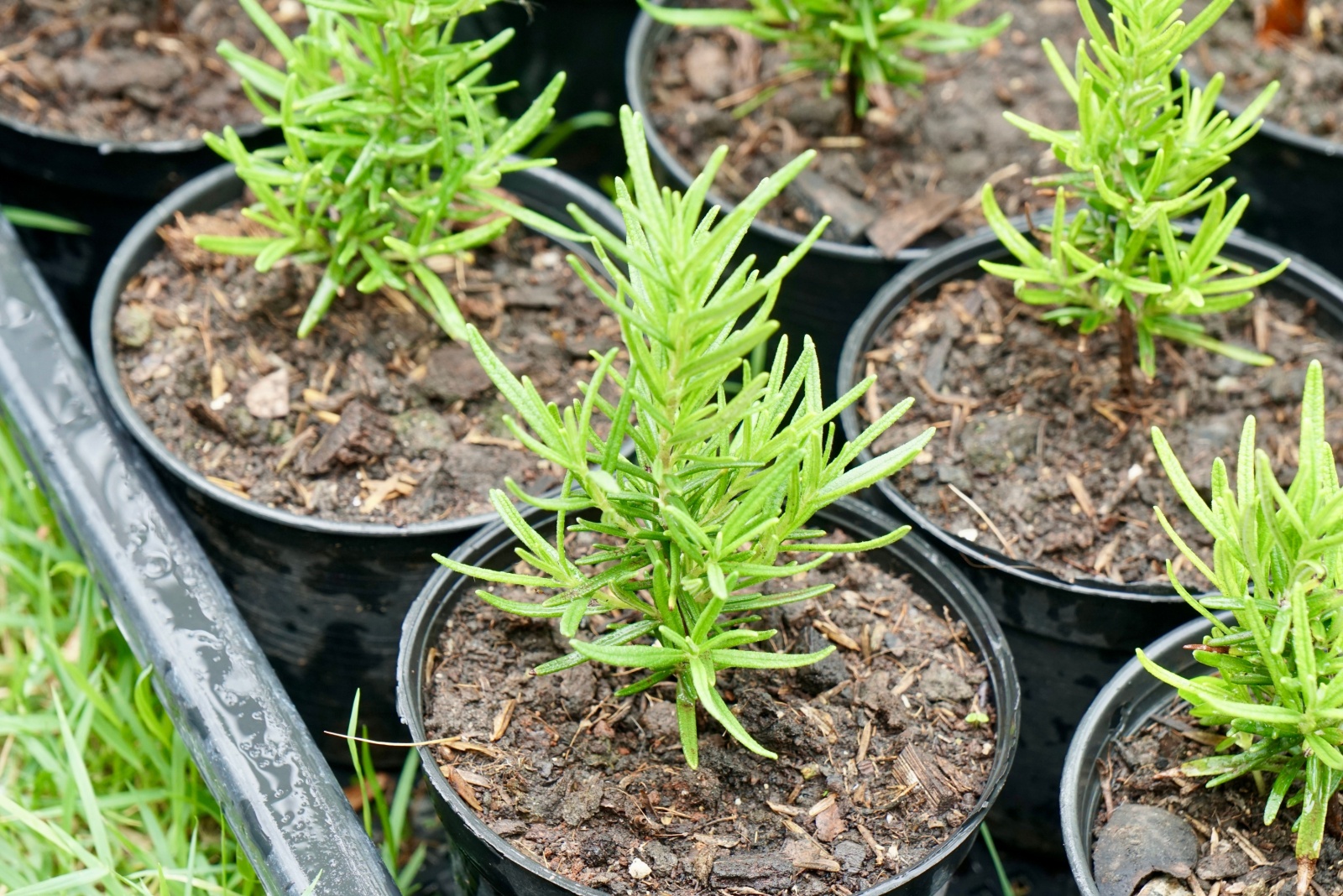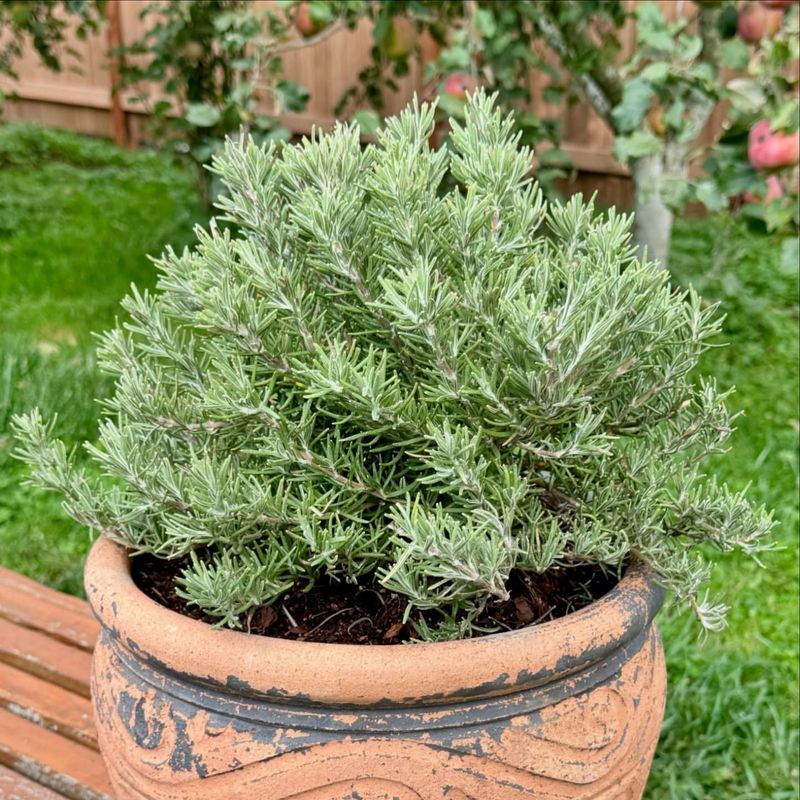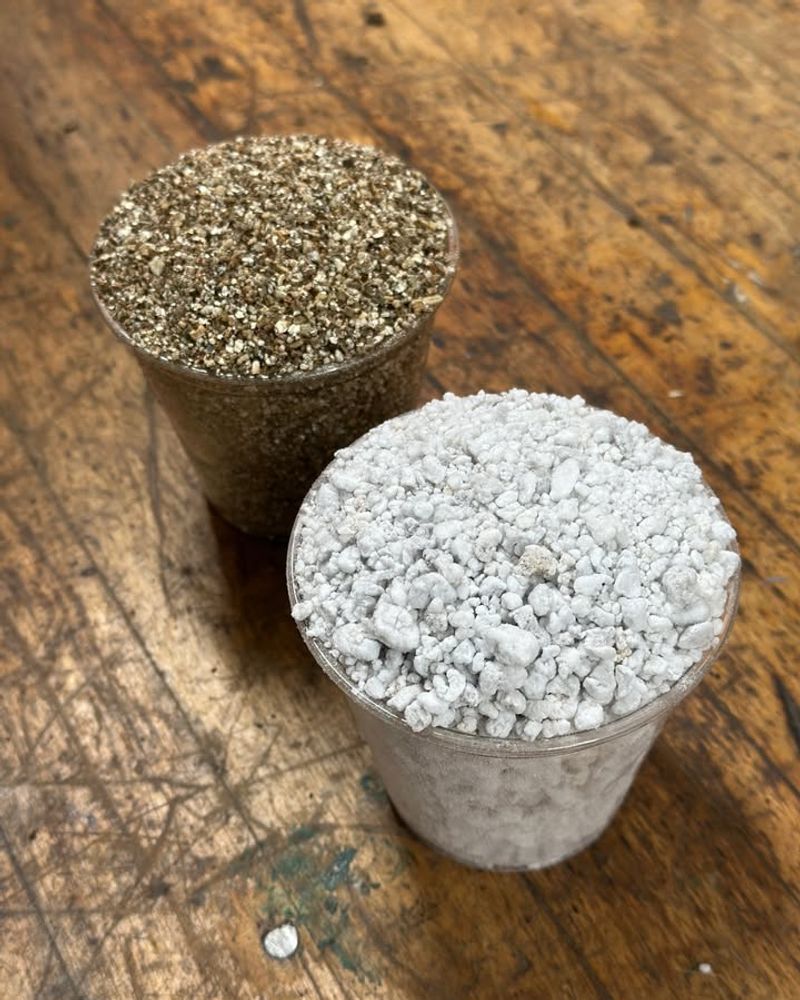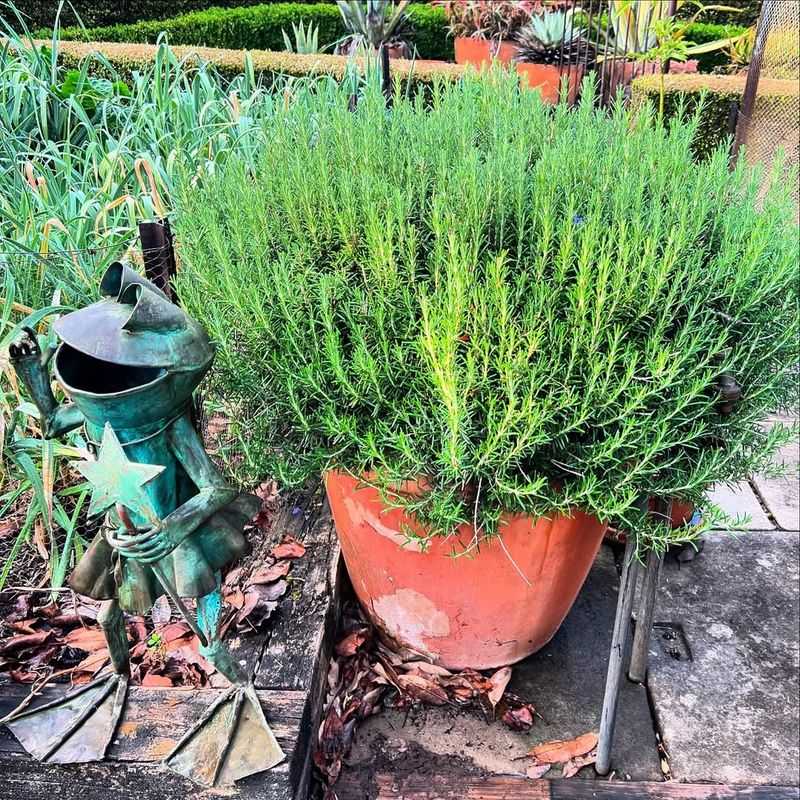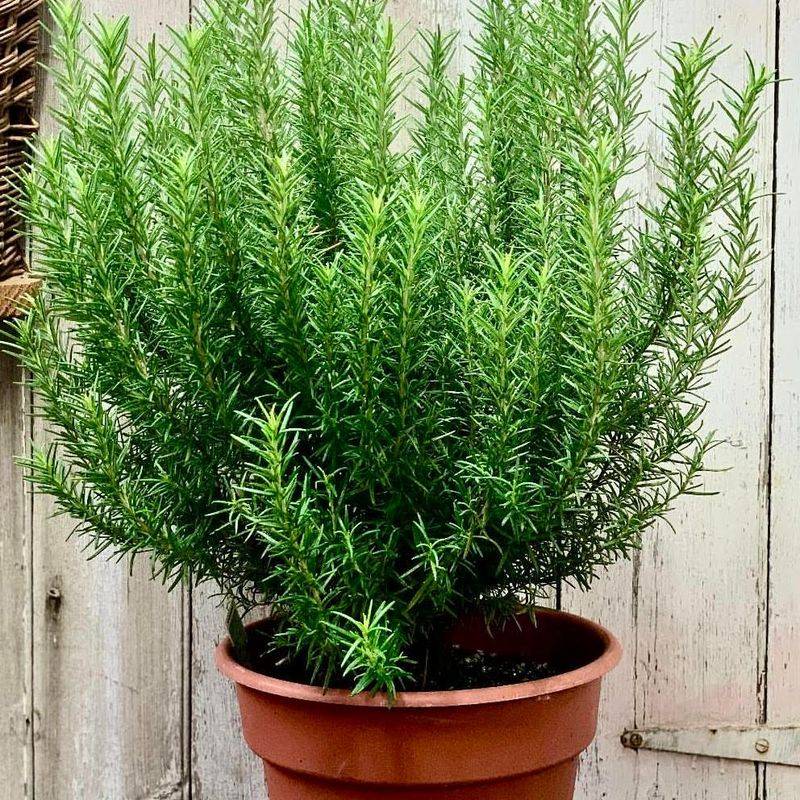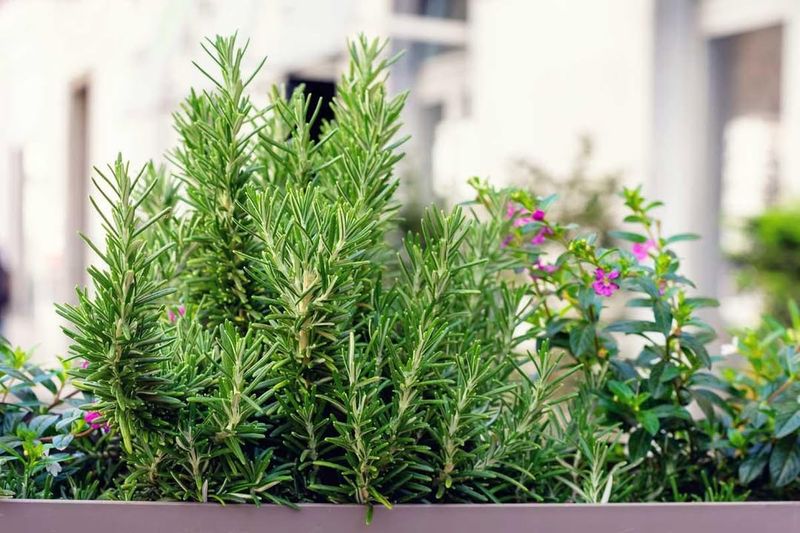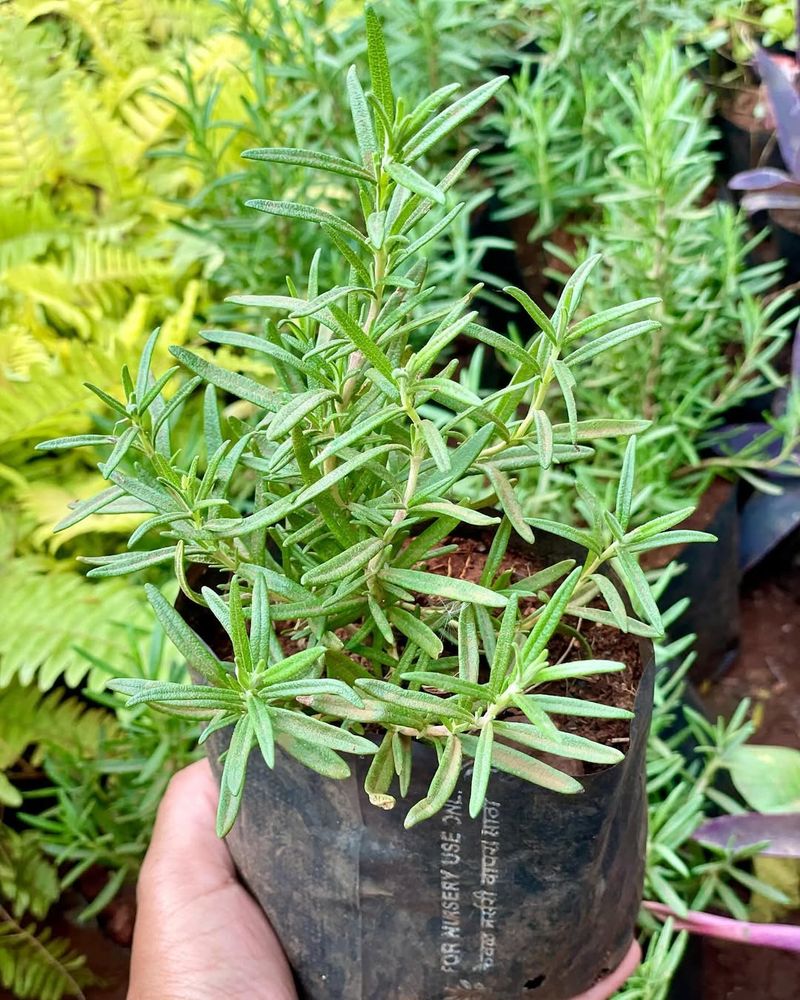Growing rosemary in Florida can be tricky because of the humid weather and heavy rainfall. This Mediterranean herb loves dry conditions and well-drained soil, which Florida naturally lacks.
But adding gravel or perlite to your soil can make all the difference, helping your rosemary plants stay healthy and productive year-round.
1. Why Drainage Matters More Than Fertilizer
Rosemary roots hate sitting in water, and Florida’s frequent rainstorms create soggy conditions that can kill your plants quickly. Poor drainage leads to root rot, a fungal disease that turns roots brown and mushy.
Adding gravel or perlite creates air pockets in the soil, allowing excess water to escape instead of drowning the roots. Think of it like giving your plant’s feet a chance to breathe after being stuck in wet socks all day.
Good drainage beats expensive fertilizers every time for rosemary success.
2. Perlite vs Gravel: Picking Your Perfect Mix
Both perlite and gravel improve drainage, but they work differently in your rosemary garden. Perlite is lightweight, volcanic glass that looks like tiny white popcorn pieces and mixes easily into potting soil without adding much weight.
Gravel is heavier, stays put during heavy rains, and works great for outdoor beds where Florida storms might wash lighter materials away. Many gardeners use a combination of both for the best results.
Choose based on whether you’re planting in containers or garden beds.
3. The Perfect Soil Recipe For Florida Rosemary
Start with regular potting mix or sandy garden soil as your base ingredient. Add one part perlite or gravel to every two parts soil, creating a ratio that balances moisture retention with proper drainage.
Some Florida gardeners also throw in a handful of coarse sand to mimic the Mediterranean conditions rosemary naturally prefers. Mix everything thoroughly before planting so the amendments distribute evenly throughout.
Your rosemary will reward you with stronger growth and more fragrant leaves when the soil feels right.
4. Container Growing: A Florida Gardener’s Best Friend
Containers give you complete control over soil conditions, making them ideal for Florida’s unpredictable weather patterns. Choose pots with multiple drainage holes at the bottom to prevent water from pooling.
Terra cotta pots work wonderfully because they’re porous and allow moisture to evaporate through the sides, not just the drainage holes. Fill containers with your gravel or perlite-amended soil mix, leaving about an inch of space below the rim.
You can move containers under cover during tropical storms or extended rainy periods.
5. Raised Beds: Elevating Your Success Rate
Building raised beds solves Florida’s naturally poor drainage issues by literally lifting your rosemary above problem soil. Construct beds at least 8-10 inches tall using wood, concrete blocks, or metal edging.
Fill them with your custom soil mixture that includes plenty of perlite or gravel for optimal drainage. Raised beds warm up faster in winter and drain better during summer thunderstorms, creating the drier environment rosemary craves.
Position beds in full sun locations where they’ll receive at least six hours of direct sunlight daily.
6. Maintenance Tips To Keep Rosemary Thriving
Even with perfect drainage, Florida rosemary needs attention to stay healthy through humid summers. Water only when the top two inches of soil feel completely dry to your touch, usually every few days depending on rainfall.
Prune regularly to improve air circulation, which helps prevent fungal problems in Florida’s muggy climate. Add a fresh layer of gravel on top of the soil as mulch to reflect heat and discourage weeds.
Watch for yellowing leaves, which signal overwatering or poor drainage needing correction.

